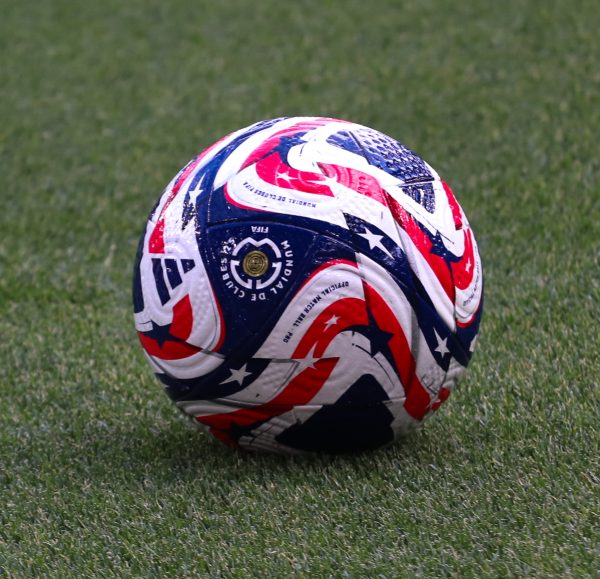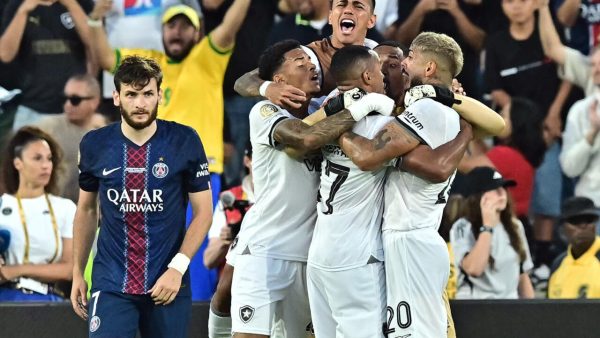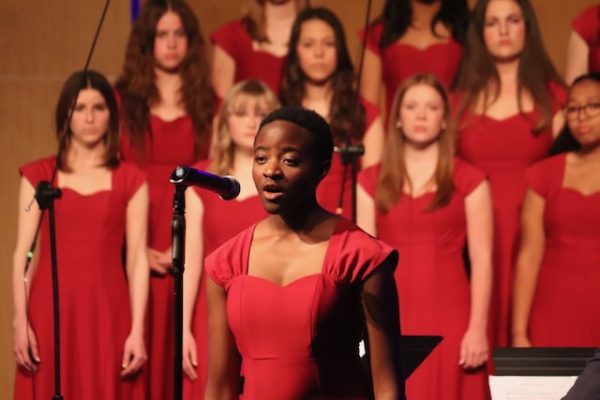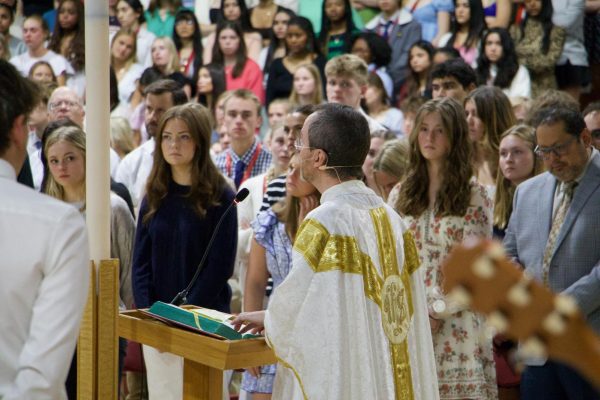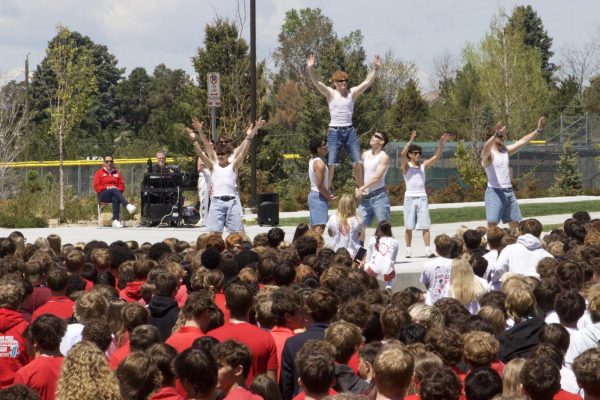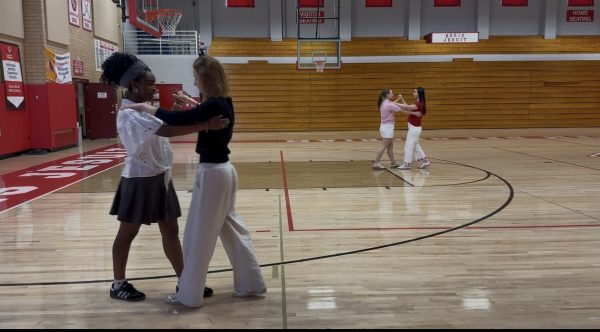Of Ferguson
The Long History of American Racial Tensions
For this Thanksgiving, Missouri and the entire U.S are engaged in a debate over the violent death of Michael Brown, the lead up to his death, and the decision not to indict Ferguson Police Officer Darren Wilson who shot the 18 year old Brown. As these words are written, rioters have set fire to a Ferguson Police car for the third night in a row. The situation is complex and volatile. Context is needed to fully understand what is happening tonight. This is not the first time the country has faced a controversy where a black person was harmed or killed by a white policeman or other shooter.
Modern race riots may have begun in Detroit during the summer of 1967. On July 23rd, police detained dozens of black people during the bust of an illegal bar in Detroit’s African-American ghetto. Most of those arrested weren’t actually guilty of a crime and unwarranted force was used. Open battle broke out. African-American snipers pinned responding National Guardsmen inside a hospital treating wounded police and others. National Guardsmen and the Army’s 82nd Airborne retaliated with tanks and anti-insurgency tactics. Forty-three people were killed in during the resulting looting, fires, and gunfire. The majority were young black men and women.
Deadly 1968 race-riots in Chicago started after the assassination of Rev. Martin Luther King, Jr. His death at the hands of a white supremacist led to protests across the country. In Chicago, it claimed the lives of eleven. Most of the dead were killed by police or National Guard bullets. The Guard and local police had “shoot to kill” orders for anyone considered assaulting police and were authorized to “…maim or cripple anyone looting any stores in our city [Chicago].”
Rev. King’s murder also brought protest and violence to the American capital of Washington, D.C. In the the confrontations that lasted from April 4th to April 8th, 1968, rioters fought U.S Army Infantry, National Guardsmen, and police. Twelve were felled by bullets or died in fires that raged for days. Some regions of the city hit the hardest, such as the H Street corridor, were not rebuilt until the early 2000s.
Los Angeles, generally associated with the glitz of Hollywood and thriving cultural diversity was nearly destroyed in the spring of 1992. For nearly a week, protesters and rioters battled the police, National Guard, and Asian store owners over the unwarranted beating of Rodney King and the initial acquittal of the white police officers responsible. At least 53 people died in the violence, which burned entire blocks down. Black rioters targeted Korean store owners, whom they believed to be taking advantage of the African-American community. In response, the Korean-Americans used firearms, ranging from small handguns to semi-automatic military-caliber rifles. The rioters used similar weapons, along with various forms of Molotov cocktails and other flammables. Koreatown inhabitants prepared for the results of the 1993 retrial not by making amends with the black community, but by purchasing more rifles.
Trayvon Martin was a black, 17-year-old Floridian old high schooler bringing home products from a local gas station when an altercation between a self-proclaimed community watchdog ensued. George Zimmerman, a Hispanic, killed Martin with a pistol, resulting in cries of injustice from the African American community. Jesse Jackson, Al Sharpton, Barack Obama, and others all denounced the killing as racial profiling. Attorney General Eric Holder opened up a federal case against Zimmerman. The protests remained, for the most part, peaceful. In the end, Zimmerman was acquitted. He later was arrested for other crimes.
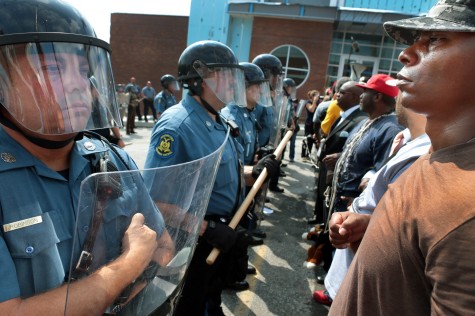
The violence, protesting, and chaos enveloping Ferguson, nearby St. Louis, New York, Los Angeles, Denver, Chicago, Miami, and other major cities, resulted from the death of Michael Brown at the hands of Ferguson Police Officer Darren Wilson, a young white cop. Here are the facts: The grand jury established to decide whether or not to indict Darren Wilson did not find that he committed any wrong-doing. Comprised of 12 men and women, black and white, listened to around five-dozen witness testimonies. Their report details the following: On August 9th, 2014, Michael Brown and a friend, both African-American, robbed a convenience store owned by an Asian. The robbery involved a chokehold of the owner by Brown, who threw the man to the ground. Police were responding to the robbery. Darren Wilson, a 28 year old white officer, located the two men, where they were blocking small amounts of traffic. Wilson did not know that the two were suspects in the robbery.
The report continued, saying when Wilson first engaged the two verbally but they did not comply. Wilson steered his police car to block the route of the two and stop traffic. Getting out of his car, Michael Brown, a large man, pushed Wilson back into the car. Brown proceeded to strike Officer Wilson in the face multiple times. A fight over the officer’s lethal firearm ensued. At least one shot was fired inside the vehicle. The first round struck Brown in the thumb. It only grazed him, barely drawing blood. The autopsy would determine that this shot was fired during the scuffle, due to the presence of gun-powder and residue in the wound. Brown then retreated, supposably frightened by the shot. After retreating about half a block, with Wilson in pursuit. Some witnesses, including Brown’s companion, claimed that Wilson fired as he chased. These rumors were dispelled by the location of bullet casings on the road. When Brown reached the intersection on the end of the block, he turned around and “charged” Wilson. This is legal grounds for an officer to use lethal force.
Brown died with six to seven bullet wounds. The reason for the uncertainty is because of the difficulty determining if one wound was the exit or entry of a round. The order of 12 rounds fired and the wounds, according to the grand jury decision, are impossible to decipher, save for the first and final rounds. The final round was a shot to the top of the head, killing Brown instantly. The bullet’s path is consistent with the “charge” and Brown collapsing from his other wounds. The other wounds include bullets in the top right of his chest and his forehead. The whole incident lasted, according to the grand jury, 90 seconds.
The first round of protests and riots raided and looted the convenience store which Brown robbed. Other, uninvolved locations in Ferguson were destroyed or looted. These took place in August and September. Many large cities announced plans to have police officers wear cameras while on duty. October was relatively calm, but, in anticipation of the grand jury decision, firearms sales soared within 15 miles. According to the news-magazine Vice, people of all races purchased weapons, mostly small “self-defense” semi-automatic pistols.
Just prior to the announcement of the grand jury’s decision, a black 12 year old was shot and killed by a young white police officer in Cleveland. The video of the incident was release on the 26th of November. He was wielding an unmarked airsoft pistol. The pistol was, according to police and video evidence, indistinguishable from the 9mm Beretta M9 that it is based on. The child pointed the weapon at a responding officer, who fired within two seconds of the initial contact. The officer requested he drop the weapon, which fire 6mm plastic rounds at around 250 feet per second. The child did not comply. He was killed by the officer, who fired his own lethal firearm. Family members decried the officer for not using a non-lethal taser or shoot the 12 year old in the leg. Law enforcement responded by saying that accuracy, even at close range, makes non-lethal fire almost impossible. Any displaying of a weapon is to be responded with lethal force.
After the announcement of the Ferguson grand jury decision, a second round of protests and violence began. The step-father of Michael Brown screamed obscenities, defying his own call for four and half minutes of silence, At least one person’s death has been linked to the violence that has left many business burnt to the ground. New York, Missouri, and Californian highways have been blocked. Chicago police responded on horse-back. Molotov cocktails, fireworks, tear gas, and fire has been exchanged in Ferguson and in several other cities. In Oakland, battles have taken place on a major bridge. St. Louis’s Old Courthouse, Capital Building, and the Federal Court have been attacked. They were nearly stormed, with fully armed and armored riot police engaged the rioters.
Racial conflicts have consistently torn America apart, even after laws were instituted as preventative measures. The violence spotlights a topic generally ignored. The tragedies have began new policies. It has also left hundreds dead, wounded, arrested, homeless, jobless, and without loved ones.
Pre-Publication Update: In Denver, Colfax, a major road, was blocked by protestors Nov. 26th. The convenience store where Michael Brown stole prior to the shooting was raided, looted. Believed to still be standing. Missouri officials reported the foiling of a plot to blow up the Arch in St. Louis, along with preventing the assassination of an official involved with the grand jury.

